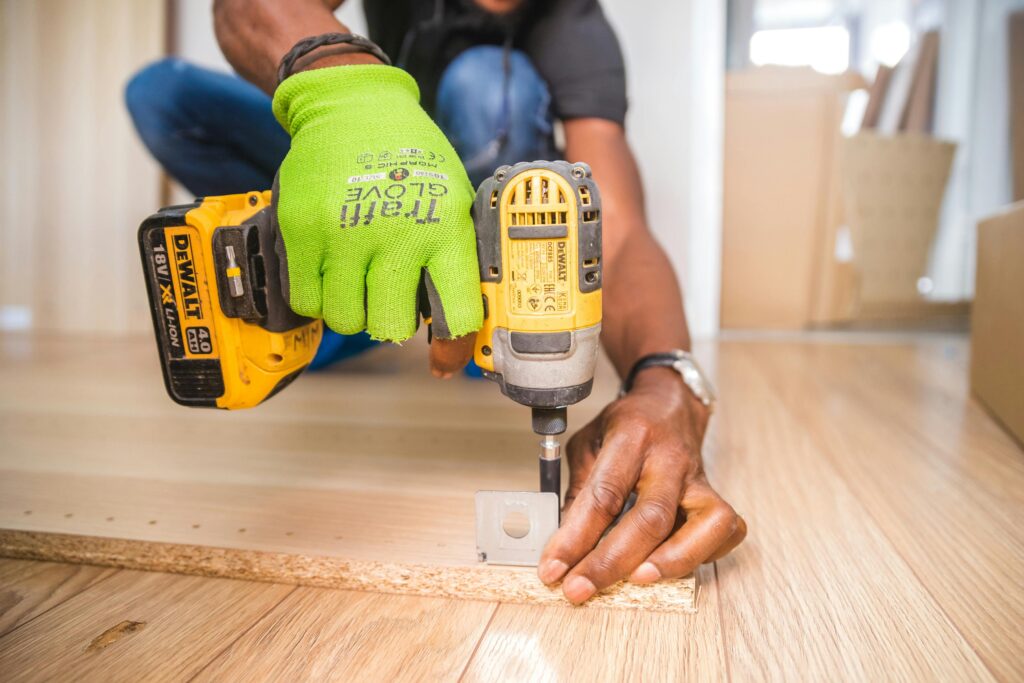
Renovating an older home for flipping can be a gratifying yet challenging venture. The key to successful flipping lies in understanding the current market, creating a realistic budget, identifying essential upgrades, adhering to regulations, and effectively marketing the property. Striking a balance between preserving the home’s original charm and incorporating modern amenities is crucial. In this article, we’ll examine key strategies for flipping an older home with success. Keep reading to learn more about each step in the process.
Creating a Realistic Budget and Timeline for Your Flip
An accurate budget tailored to your flipping project is indispensable. It forms the financial framework that determines the scope and quality of renovations. Start by inspecting the property thoroughly to identify potential issues that might require a significant financial outlay, such as structural damage or outdated electrical systems. Allocating contingency funds for unexpected expenses will help you avoid financial pitfalls later on.
When planning your timeline, prioritize tasks that have the most significant impact on the home’s livability and aesthetic appeal. Structural repairs, roofing, and HVAC updates should be at the top of your list. Speaking of HVAC updates, ensuring a modern and efficient system can be a major selling point—researching companies such as www.airplus-hvac.com/ could provide valuable services in this regard. It’s also important to schedule these essential projects early to prevent costly delays.
Additionally, factor in time for securing permits and inspections, which can be time-consuming but are critical for ensuring your renovations meet local building codes and standards. An accurate timeline ensures that you can list the property promptly, capitalizing on favorable market conditions to maximize your profits.
Prioritizing Renovations: Must-Do Upgrades for Older Homes
Older homes often require specific upgrades to make them competitive in today’s market. Key areas of focus should include the kitchen and bathrooms, as these have a significant impact on a home’s desirability. Updating fixtures, countertops, and cabinetry can transform outdated areas into attractive, functional spaces that resonate with buyers.
Another vital aspect is ensuring the home’s structural integrity. Addressing foundational issues or roofing repair services early on eliminates potential deal-breakers for homebuyers. Not only do these repairs prevent future homeowner headaches, but they also demonstrate your commitment to quality in the renovation.
Energy efficiency is also a priority, as modern buyers are conscious of both the environmental impact and the long-term cost savings. Adding insulation, sealing drafts, and upgrading to high-efficiency appliances can make the home more appealing. These upgrades can be advertised as cost-saving features, incentivizing potential buyers who appreciate both the ecological and economic benefits.
Navigating Historic Preservation and Building Codes
Working on an older home, particularly one within a historic district, means adhering closely to preservation guidelines and building codes. These regulations often dictate what alterations can be made to the property’s exterior and sometimes the interior as well. Begin by identifying whether your property falls within such an area and what specific guidelines you need to follow.
Consulting with local historic preservation committees before starting work will provide a more precise roadmap for your renovations. These organizations can assist in maintaining the integrity of the home’s historical character while guiding you through the necessary approval processes. Building positive relationships with local authorities can simplify future renovation projects as well.
Obtaining the right permits is a non-negotiable aspect of the flipping process. Permits ensure that all renovations meet current safety standards and can prevent legal issues or fines. Schedule inspections routinely to ensure all work is up to code, preserving the home’s value and safeguarding future inhabitants.
Marketing Your Flip: Selling the Story of a Revived Home
Once renovations are complete, marketing your flip effectively is the final chapter. High-quality photos that highlight the home’s renovated areas and unique character can captivate potential buyers from the start. Emphasize the blending of old and new features that make the home unique, and craft a property description that tells a compelling story.
Utilize various platforms to reach potential buyers, including online listings, social media, and traditional avenues like open houses. The narrative of reviving an older home can be a powerful selling point, so share before and after photos to showcase the transformation. This emotional connection can be crucial in sealing the deal.
Overall, flipping an older home requires careful planning, savvy budgeting, and an understanding of what appeals to modern buyers. By prioritizing essential renovations and navigating preservation standards, you can transform an aged property into a sought-after home. Clever marketing strategies then tell the story of the property, leading to a flip that rewards your investment with substantial returns.

